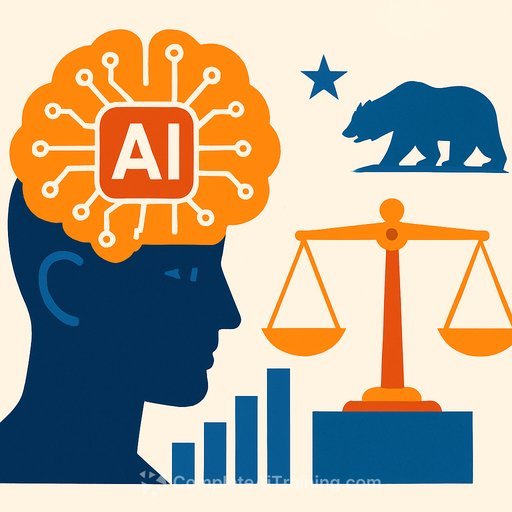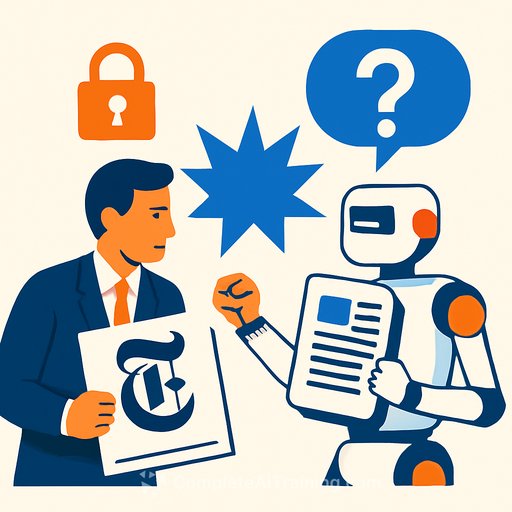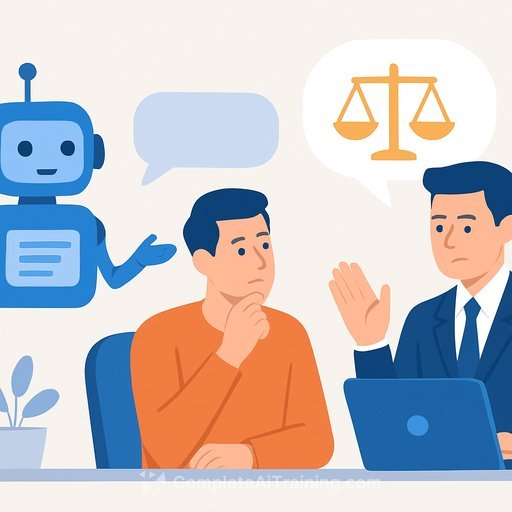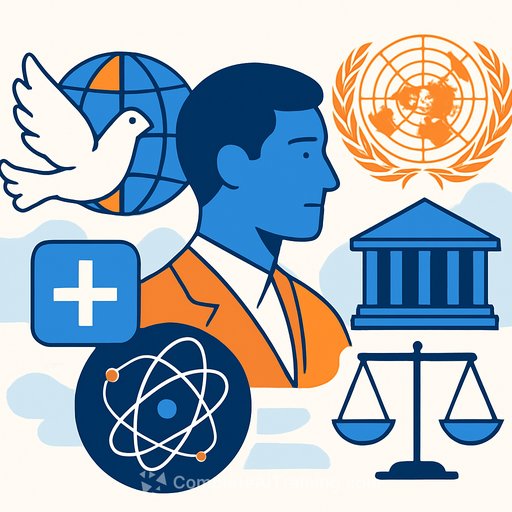AI Can Guide, But Humans Must Decide: Justice Surya Kant's Clear Line for the Legal Profession
Supreme Court Justice Surya Kant delivered a simple, firm message: AI can assist the bar and the bench, but it cannot replace the human mind that delivers justice. Technology may point to answers; people must make the decisions.
He framed justice as a human enterprise-rooted in conscience, compassion, and dignity. Tools can draft and detect inconsistencies, but they can't hear a tremor in a witness's voice or weigh the moral consequence of a verdict.
AI's Role: Assist, Don't Decide
Justice Kant acknowledged the obvious wins. AI can speed up research, generate first drafts, and surface contradictions across a record. That's reach and precision-useful, if used well.
But he drew a bright red line: human oversight is non-negotiable. AI can hallucinate, misread context, and mirror bias embedded in its training data. Lawyers and judges must validate every critical step.
Where Courts Are Already Benefiting
He highlighted how e-filing, digital registries, and virtual hearings have made courts more transparent and efficient. Case management systems are improving scheduling and throughput. Live-streamed proceedings have widened public access.
Legal education is shifting too. Online repositories, digital internships, and real-time court access have opened doors for students and researchers across borders.
India's eCourts Mission stands as a practical example of how infrastructure-not hype-moves the needle for access to justice.
The Non-Negotiables: Ethics, Privacy, and Judgment
Client confidentiality remains sacrosanct. If your practice uses AI, you own the security, data integrity, and privilege controls. That means well-defined access, encryption, retention policies, and audit trails.
Justice Kant was blunt: data can inform decisions, but it must never dictate them. The litigant's dignity and the court's reasoning come first-always.
Four Challenges the Profession Must Tackle
- Digital literacy gaps: Without training, the divide widens-some surge ahead while others are left behind.
- Privacy and cybersecurity: Confidentiality and privilege demand end-to-end safeguards.
- AI bias and hallucinations: Outputs can be misleading; verification is part of legal duty.
- Institutional resistance: New systems stall if culture and process don't evolve in sync.
Practical Moves for Lawyers, Judges, and Court Leaders
- Set policy: Define where AI can be used (research, drafts, transcription) and where it cannot (final legal advice, judicial reasoning).
- Adopt a verification protocol: Treat AI output as a lead. Cite-check, fact-check, and document your review steps.
- Protect data: Use secure, compliant tools. Turn off training on client content where possible. Scrub metadata before sharing.
- Train your teams: Mandatory upskilling for partners, associates, clerks, and registry staff. Make it recurring, not one-and-done.
- Improve access: Use tech to reduce travel, delay, and cost. Deliver plain-language orders where feasible.
- Vendor diligence: Demand clarity on model sources, bias testing, logging, and incident response.
- Recordkeeping: Keep a simple log of AI-assisted steps on each matter for accountability and audit.
Courts and Classrooms: Build for the Next Decade
Justice Kant urged law schools to embed data science, AI ethics, and computational law into core curricula. Students should be fluent in how these systems work, where they fail, and how to use them responsibly.
He also called for a South Asian "legal tech consortium" to share standards, training, and proven models-judges, practitioners, academics, and technologists at the same table.
Bottom Line
Use technology to widen access, reduce delay, and raise quality. Keep humans in full control of judgment, empathy, and accountability.
As Justice Surya Kant put it: let technology guide, and let humans govern.
Further Learning
- AI upskilling paths by job role for legal teams building practical, verifiable AI literacy.
Your membership also unlocks:






